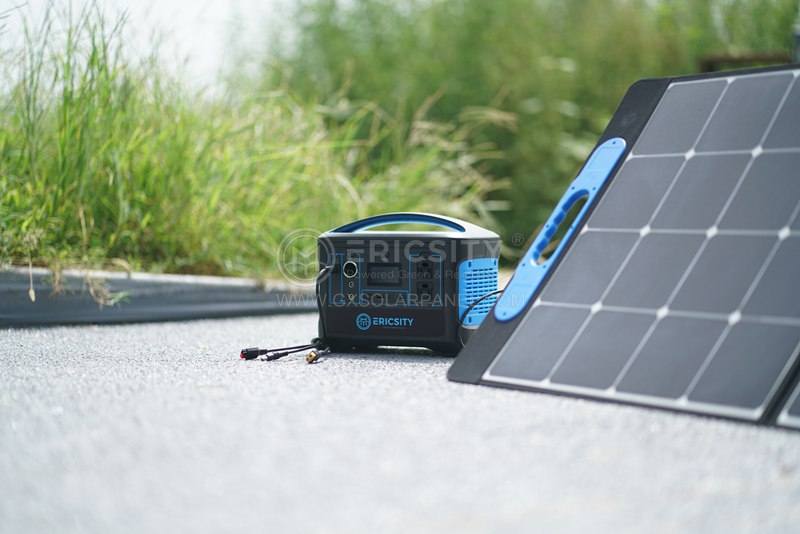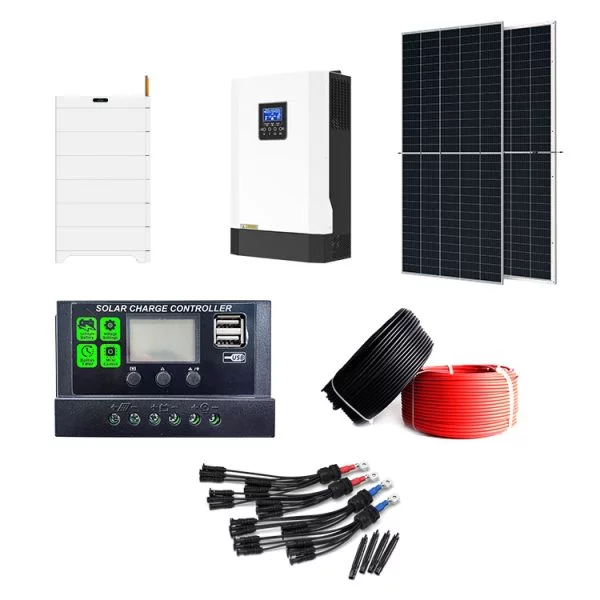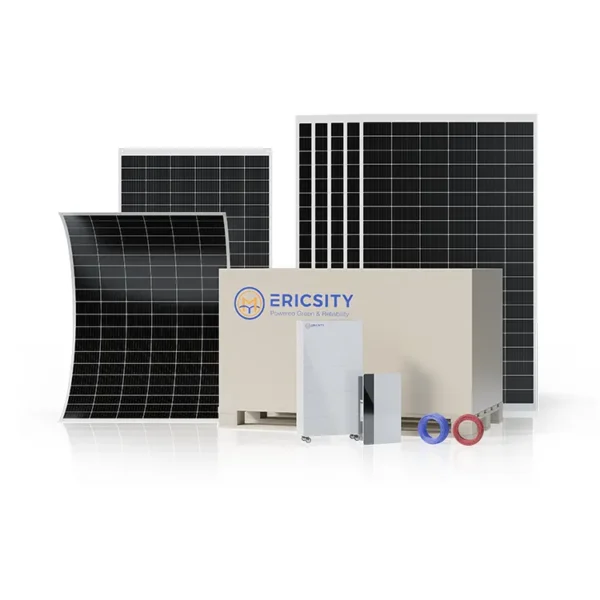HOT PRODUCT
Product Details
amorphous Flexible Solar Panels: Lightweight And Portable Green Energy
Title: Amorphous Flexible Solar Panels: Lightweight And Portable Green Energy
Introduction
In recent years, the demand for clean and renewable energy sources has been increasing significantly. As a result, technological advancements have led to the creation of innovative and sustainable solutions, one of which is amorphous flexible solar panels. Offering a lightweight and portable alternative to traditional solar panels, amorphous flexible solar panels are revolutionizing the way we harness solar energy for various applications. In this article, we will explore the benefits, working principles, and potential applications of these remarkable green energy sources.
Understanding Amorphous Flexible Solar Panels
Amorphous flexible solar panels, also known as thin-film solar panels, are composed of thin layers of photovoltaic materials, such as amorphous silicon or cadmium telluride. These materials are applied onto a flexible backing material, enabling the panels to bend and conform to different surfaces. Unlike traditional crystalline solar panels that are rigid and heavy, these thin-film panels are lightweight and highly portable, making them ideal for various applications where flexibility is required.
Advantages of Amorphous Flexible Solar Panels

1. Flexibility and Portability: The most significant advantage of amorphous flexible solar panels is their ability to bend and flex. This characteristic makes them suitable for unconventional applications where rigid solar panels are not viable. They can be installed on curved surfaces, integrated into clothing and accessories, or even rolled up for easy transportation.

2. Lightweight: Traditional solar panels are made of glass and heavy materials, making installation and transportation labor-intensive. Amorphous flexible solar panels, on the other hand, weigh significantly less. Their lightweight nature simplifies the installation process and reduces the physical strain on support structures.
3. Better Low-Light Performance: Amorphous silicon has better low-light performance compared to crystalline silicon. This means that even in suboptimal lighting conditions, these panels can generate electricity, making them suitable for regions with fluctuating sunlight or cloudy climates.
4. Durability: Due to the absence of rigid glass components, amorphous flexible solar panels are more resistant to damage from impacts and vibrations. They can withstand extreme weather conditions, including high winds and hail, making them a reliable choice for remote and rugged locations.
Working Principles

Amorphous flexible solar panels work on the principle of photoelectric effect, converting sunlight directly into electricity. The photovoltaic material absorbs photons from sunlight, causing electrons to be released from the material’s atoms. These electrons then flow through the panel, creating an electric current. The current can be harnessed and used to power various devices or stored in batteries for later use.
Potential Applications
1. Portable Chargers: Amorphous flexible solar panels are commonly used as portable chargers for electronic devices such as smartphones, tablets, and laptops. These panels can be compactly folded or rolled up, allowing users to charge their devices on the go, even in outdoor environments.
2. Outdoor Gear and Clothing: The flexible nature of these solar panels makes them an ideal choice for integrating into outdoor gear and clothing. From backpacks and tents to jackets and hats, these solar panels can harvest energy while users are exploring the great outdoors, providing a convenient and sustainable power source for charging gadgets or lighting.
3. Remote Power Supply: In off-grid and remote areas, amorphous flexible solar panels can be used to provide electricity for lighting, water pumps, and other basic amenities. Their light weight and ease of installation make them a valuable solution for promoting sustainable development in remote regions.
4. Building Integration: Due to their flexibility, amorphous flexible solar panels can be seamlessly integrated into building facades, windows, or roofs. This provides an opportunity for architects and designers to incorporate sustainable energy solutions into their projects, while still maintaining the aesthetic appeal of the building.
Conclusion
Amorphous flexible solar panels offer a lightweight, portable, and versatile solution for harnessing solar energy. These panels provide numerous advantages over traditional solar panels, making them the go-to choice for innovative applications. As advancements continue, it is expected that amorphous flexible solar panels will play a crucial role in promoting a cleaner and greener future, shaping the way we utilize renewable energy sources.




